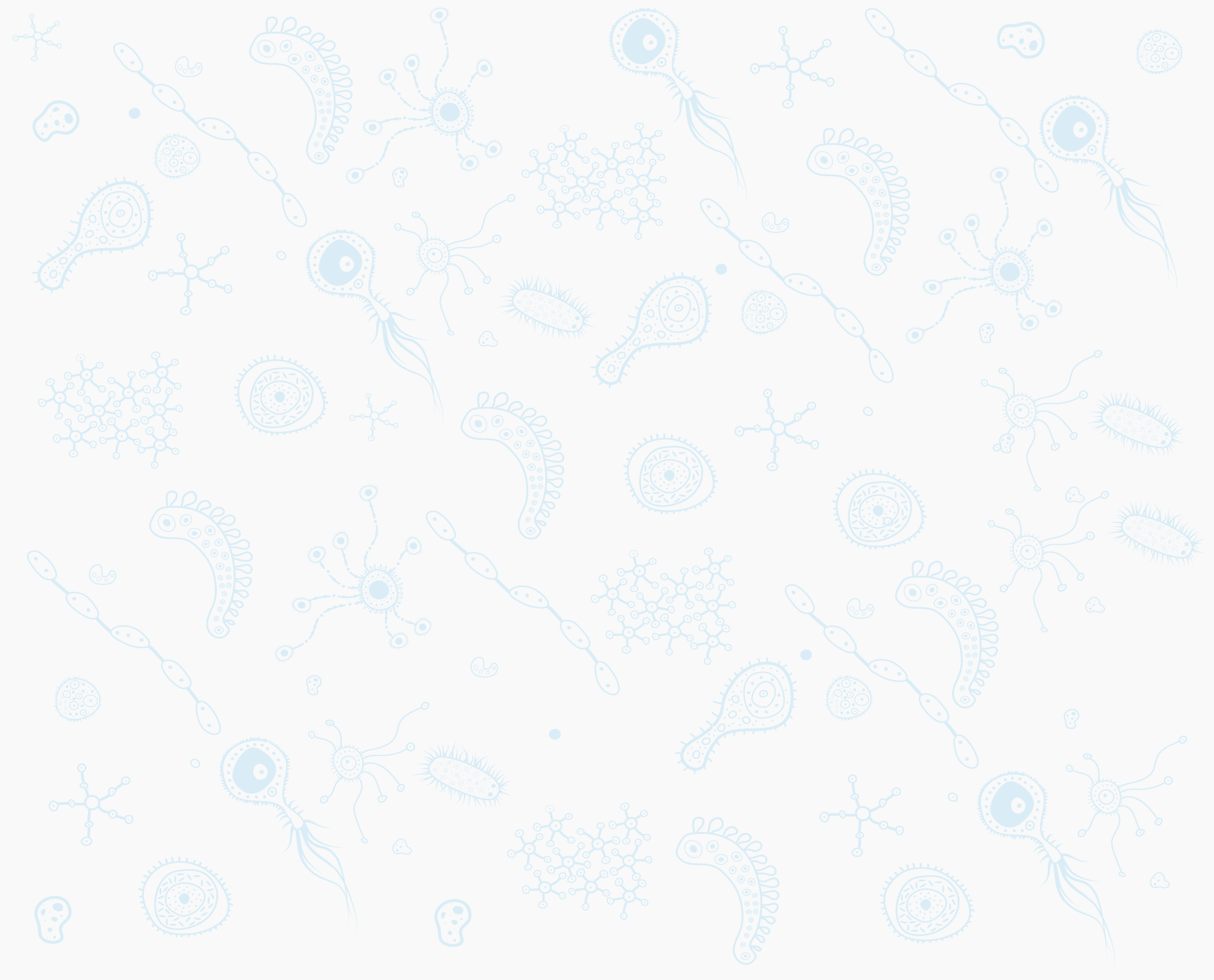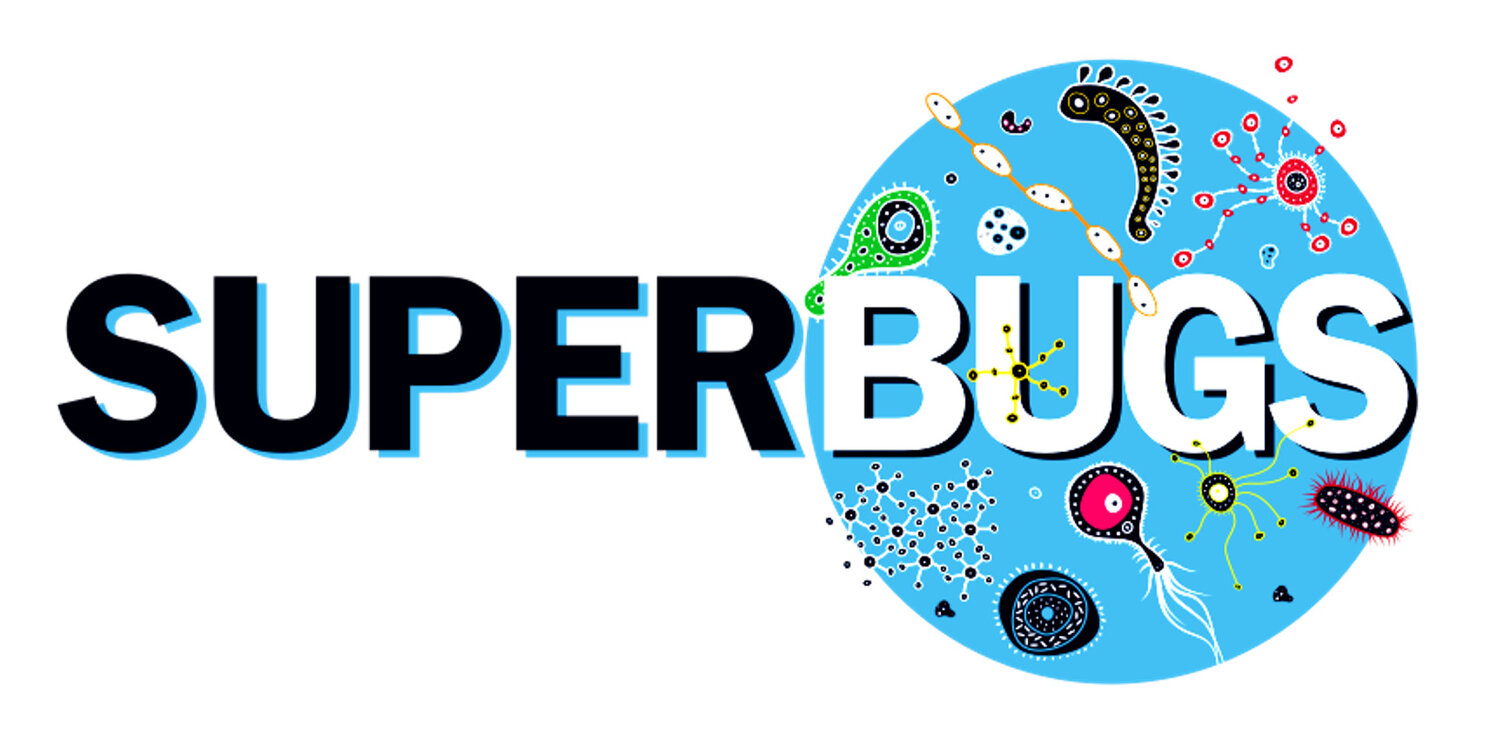
Penicillin
🪙🤪🇳 (penny-silly-N)
Penicillin was the first ever antibiotic discovered, by Alexander Fleming in 1928 (find out more in our reading corner). Fleming himself never went on to purify the substance or test it against bacterial infections.
It was isolated from the mould Penicillium (hence the name) — a mould that produces natural antibiotics to kill nearby bacteria so it can grow better!
On 12 February 1941, 43-year-old policeman Albert Alexander was the first patient to be treated with penicillin.
Penicillins are used to treat lots of types of infections — for instance of the skin, chest and urinary tract — because they are active against many different bacteria.
First cases of penicillin resistance were documented as early as 1942, and by the late 1960s, more than 80% of community and hospital-acquired strains of Staphylococcus aureus were penicillin-resistant!
The rapid spread of penicillin resistance came to a temporary halt with the introduction of a new generation of penicillin: the antibiotic methicillin. But guess what - the bacteria soon rose to the new challenge, and strains of methicillin-resistant Staphylococcus aureus (MRSA) emerged — to this date are a leading cause of hospital-acquired and difficult to treat infections.

